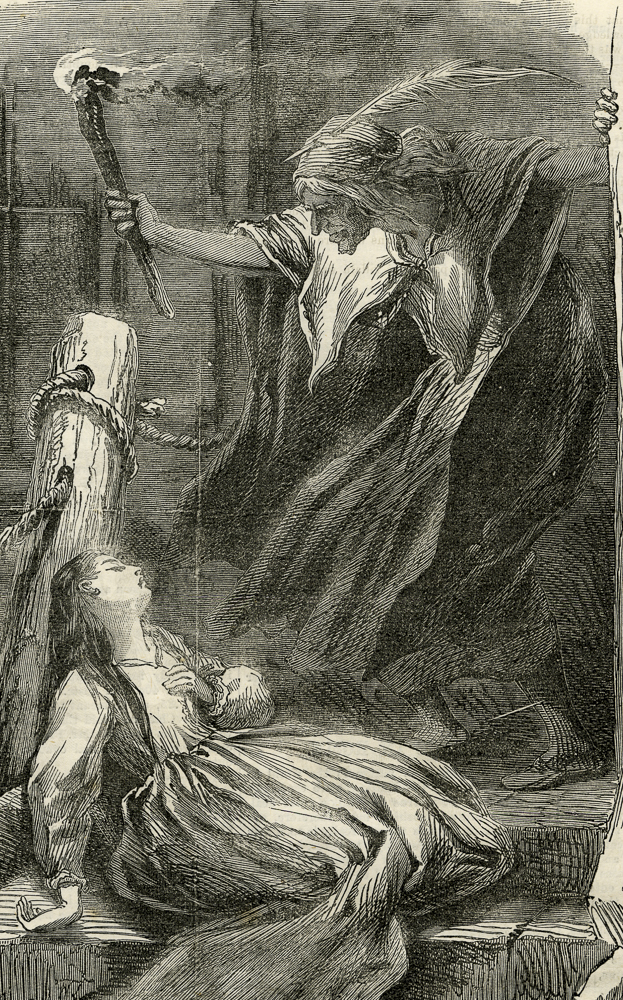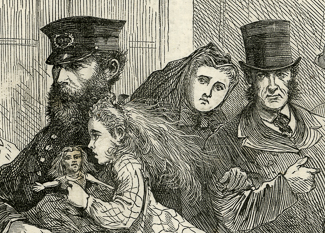Home
An Online Exhibition Of Illustrations from the Lilly's London Lowlife Collection
It is absurd to have a hard and fast rule about what one should read
and what one shouldn't. More than half of modern culture
depends on what one shouldn't read.
Oscar Wilde
The Importance of Being Ernest (1895)
"Fast" literature refers to both the speed at which it was produced and the sensational subject matter that was often its focus. The advent of the rotary printing press, mass-produced wood pulp paper, and a large population of functionally literate readers combined to create an ephemeral "literature" of the British middle and working classes throughout the 1800s.
At the end of the 18th century, Thomas Bewick's large-scale boxwood engraving began a new era in illustration.His experiments were followed by a variety of offset printing techniques and daguerreotype photography. By the middle of the 19th century, new techniques for illustration increased the number of readers by offering elaborate covers and interior illustrations that reiterated written narratives. The widespread availability of illustrations and other images at this time was a revolution. Never before had so many had access to so much visual information beyond their immediate community.
Many of these illustrations focused on women. This focus was sometimes used to inspire awe, pity, or to arouse good people to good work. Often these illustrations were used to arouse readers in other ways. Publishers and booksellers were imprisoned on obscenity charges stemming from images in this collection.
Social issues were explicitly detailed in reform tracts from suffragettes as well as salacious images in tales of "fallen women". In other cases, opinions were embedded in postures or portraits, and became ways to communicate expectations to and assumptions about various groups. The fast literature from the Lilly Library's London Lowlife Collection spans the last three decades of the 1800s and originated in "Londoniana" from Michael Sadleir's extensive collection of Victoriana.
Mr. Sadleir wrote, "...the formation and possession of the assemblage of London periodicals, chapbooks... crime sheets...and what not has a flavour no other of my collections possesses." He found the collecting of them "tests of patience and intelligence of the collector...collecting in its noblest form."
As Louis James noted in Fiction for the Working Man 1830-1850, of the thousands of newspapers, penny magazines, chapbooks, pamphlets, broadsheets and other ephemera that came from new printing presses and machine-made paper, only a sampling survives.



